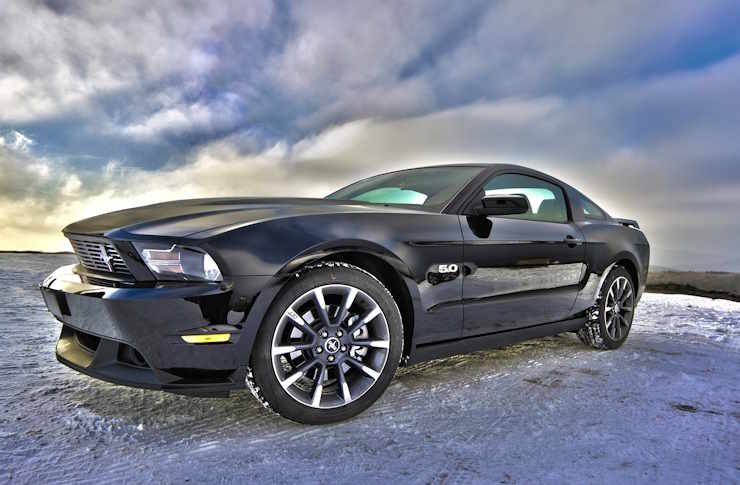Fueling the Future: Behind the Scenes of Hydrogen-Powered Cars
In the dynamic world of automotive technology, the race to discover the next groundbreaking fuel source keeps the industry on its toes. Hydrogen, one of the most abundant elements in the universe, recently grabbed the spotlight as an exciting prospect in the quest for sustainable mobility. Could the same element that powers the sun reconfigure the auto industry’s blueprint?

Diving into History: Tracing the Origins and Advancements of Hydrogen
The idea of harnessing hydrogen’s power has long intrigued scientists. From Sir William Robert Grove’s invention of the fuel cell in 1839, to General Motors’ pioneering HydroGen1 in 1990, the race to a hydrogen-powered future has been marked by twists, turns, and technological leaps. GM’s innovative proof-of-concept vehicle demonstrated that hydrogen cars could become a reality, paving the way for subsequent developments such as the Honda FCX Clarity and Toyota Mirai.
Unpacking the Science: How Hydrogen Cars Work
Underlying the hydrogen car’s operation is a sophisticated fusion of physics and engineering. At its core is a fuel cell, where hydrogen reacts with oxygen. This process, which essentially reverses electrolysis, generates electricity to run the car’s motor—with only water vapor as a byproduct. Unlike conventional combustion engines that burn fuel, hydrogen cars utilize an electrochemical process, symbolizing a shift from traditional fuel models.
On the Fast Track: The Current State of Hydrogen Automotive Technology
Today’s automotive landscape is witnessing a surge in hydrogen technology adoption. Toyota, Honda, and Hyundai are betting on fuel cell electric vehicles (FCEVs), launching models like the Toyota Mirai, Honda Clarity, and Hyundai Nexo. These vehicles offer advantages such as longer driving range and quicker refueling, compared to battery electric vehicles (BEVs), showing hydrogen’s immense potential for mainstream applications.
The Road Ahead: Opportunities and Challenges for Hydrogen Cars
Reflecting hydrogen’s promising future, a 2019 McKinsey report suggests the possibility of up to 400 million cars, 15-20 million trucks, and around a quarter of all buses being FCEVs by 2050. However, this journey is not without obstacles. Significant challenges remain, including establishing a robust refueling infrastructure, bringing down the costs of hydrogen production, and addressing safety concerns about hydrogen storage. These hurdles serve as reminders that the path to a hydrogen-driven mobility future is as much an engineering challenge as it is a significant socio-economic project.
As we steer into the future of automobiles, the potential of hydrogen-powered cars continues to ignite conversations - sparking interest and inspiring innovation. While uncertainty hovers around scalability and logistical feasibility, one thing is certain: As we exhaust traditional combustible fuels, hydrogen stands as a beacon of sustainable hope on the automotive horizon.




